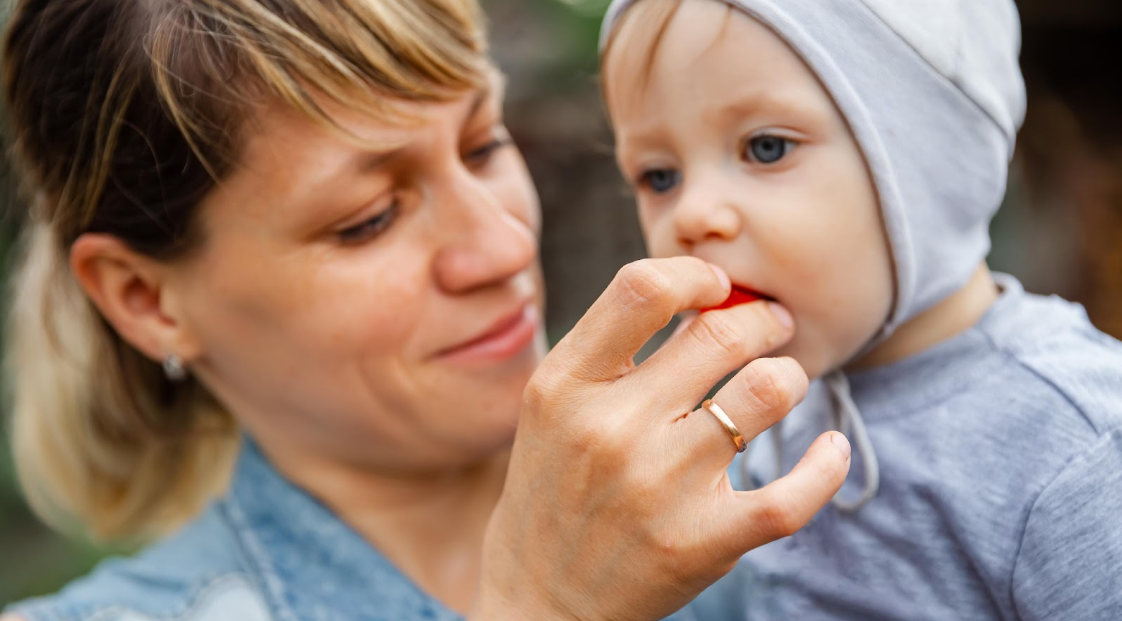Sustainable Choices for Baby Products: Making Choices that Matter
The baby products industry is enormous and experiencing rapid growth. Most new parents understand the allure of purchasing premium products for their little ones, from clothing to toys and equipment. According to Global Market Insights, the baby care products market reached an impressive £107 billion in 2024, with projections suggesting it could surpass £164 billion by 2034.
This remarkable expansion is driven by the increasing accessibility of e-commerce and heightened awareness of emerging technologies. Parents with substantial disposable income often feel compelled to invest in items that safeguard their children's physical and mental development, which aligns with the principles of sustainable living.
Indeed, considering sustainability in baby products might seem like merely a lifestyle choice. However, recent findings suggest that incorporating sustainable urban living practices into childcare is becoming increasingly crucial.
Sustainable Clothing Limits Exposure to Toxins
When choosing baby clothing, parents typically focus on softness and aesthetic appeal. The market presents countless charming styles to suit various preferences. However, beyond these considerations, it's become essential to examine the sourcing and treatment of even the most adorable little outfits, making it one of the best tips for sustainable living.
Generally, sustainable clothing minimises exposure to harmful substances. It utilises materials like organic cotton, which is gentle on delicate skin and prevents adverse reactions. Non-organic fabrics often contain synthetic dyes and toxins, ranging from PFAS to phthalates. In 2024, Business Insider revealed that South Korean officials discovered phthalates, lead, and cadmium in various children's winter garments.
These chemicals can increase children's susceptibility to skin irritation and breathing difficulties. In contrast, organic materials help parents ensure their baby's comfort, contributing to better sleep for everyone.
Another benefit of embracing strategies for sustainable urban living through clothing choices is the superior durability of sustainable materials. This means parents won't need frequent replacements until their baby requires the next size up.
As children grow, parents can incorporate discussions about environmentally responsible choices into their daily conversations. For instance, organic clothing materials are environmentally friendly. Their production typically requires less water, a meaningful way for water loving kids to contribute to conservation.
Organic Foods are Likelier to be Contaminant-Free and Balanced
Another crucial aspect of what sustainable living is involves baby food choices, a topic that dominates early parenting discussions. A baby's nutrition directly influences their health and development, significantly impacting their disease resistance.
Recently, numerous baby food manufacturers have faced scrutiny after harmful substances were detected in their products. Reuters reported in April 2025 that several companies might face legal action due to toxic heavy metals found in baby foods. These metals can cause neurodevelopmental harm in children.
The increasing frequency of NEC lawsuits presents another serious concern, highlighting how certain cow's milk baby formulas caused NEC (Necrotising Enterocolitis) in many premature infants. This intestinal condition can lead to sepsis and potentially organ failure.
Brands committed to sustainable living prioritise whole, unprocessed ingredients that ensure balanced nutrition for children. These alternatives can significantly reduce children's exposure to artificial additives and pesticides, which may negatively impact overall development. The intention isn't to criticise parents who opt for supermarket baby foods but rather to support families in making informed choices along their parenting journey, aligning with strategies for sustainable urban living.
Moreover, making responsible parenting choices contributes to addressing the global nutrition crisis. UNICEF highlights how unsustainable food systems trigger child malnutrition, particularly in regions affected by climate change. Tackling this crisis requires collective responsibility and understanding of what sustainable living is truly means.
Sustainable Toys are Mouthing-Safe and Early Teachers
A fascinating archaeological study from the 2000s examined toy ownership among families in the US, revealing an average of 139 toys per household. This figure only included visible toys, excluding those stored in cupboards and other storage spaces. Whilst current data isn't available, it's reasonable to conclude that many families with young children are practically overwhelmed with toys.
For parents embracing best tips for sustainable living, making sustainable choices regarding toys involves monitoring both quantity and quality. Some might view wooden toys as merely cool items for social media-conscious parents, particularly given their higher cost compared to inexpensive plastic alternatives. The latter might appear more practical for young children who quickly outgrow or lose interest in toys.
However, choosing sustainable toys transcends social media aesthetics. Many plastic toys contain potentially harmful materials like BPA and PVC. Given that babies frequently explore toys orally, such options pose risks. Conversely, toys crafted from wood or organic fabrics offer toxin-free alternatives safe for mouthing-based exploration.
Additionally, it's beneficial to instil sustainable purchase decisions in children early. Investing in pricier but more durable items can curb impulse buying and excessive consumerism. Children often engage more meaningfully with existing toys when not overwhelmed by numerous options, fostering creative and innovative play patterns.
The saying goes that babies teach parents valuable lessons. From adapting to minimal sleep to finding joy in simple activities like stacking rings after a long workday, parenting truly is an educational journey.
Incorporating sustainable urban living principles into baby-related purchasing decisions can enhance these learnings, helping families reduce waste whilst becoming more responsible community members.

